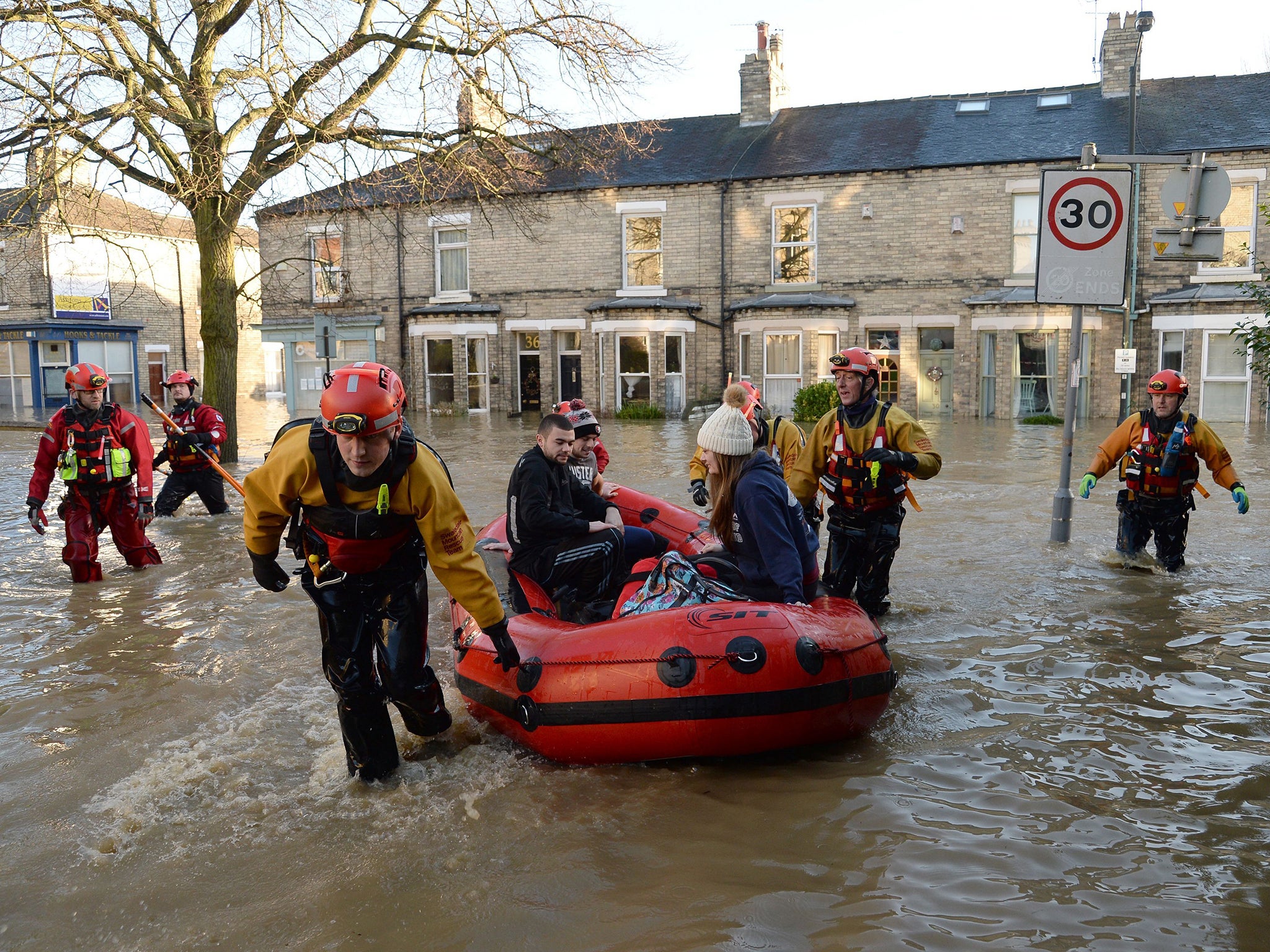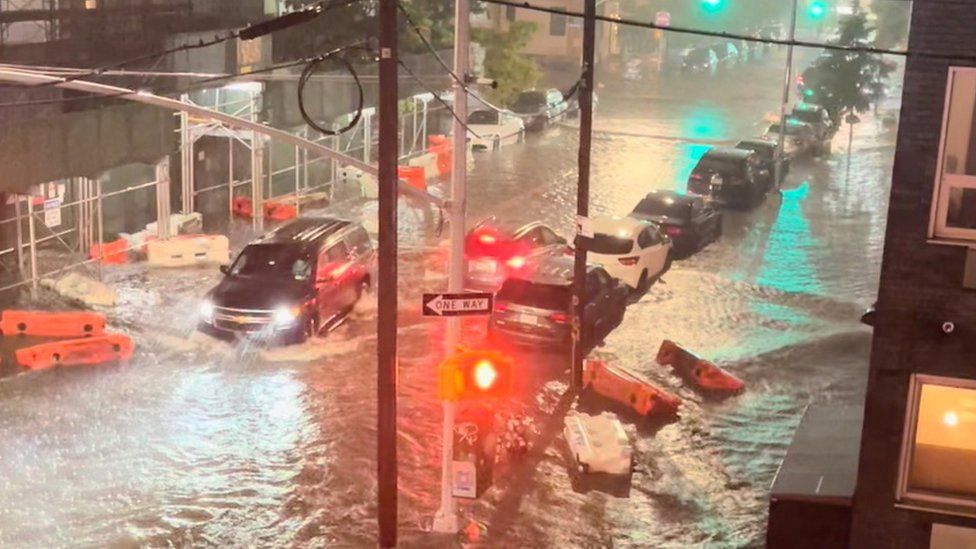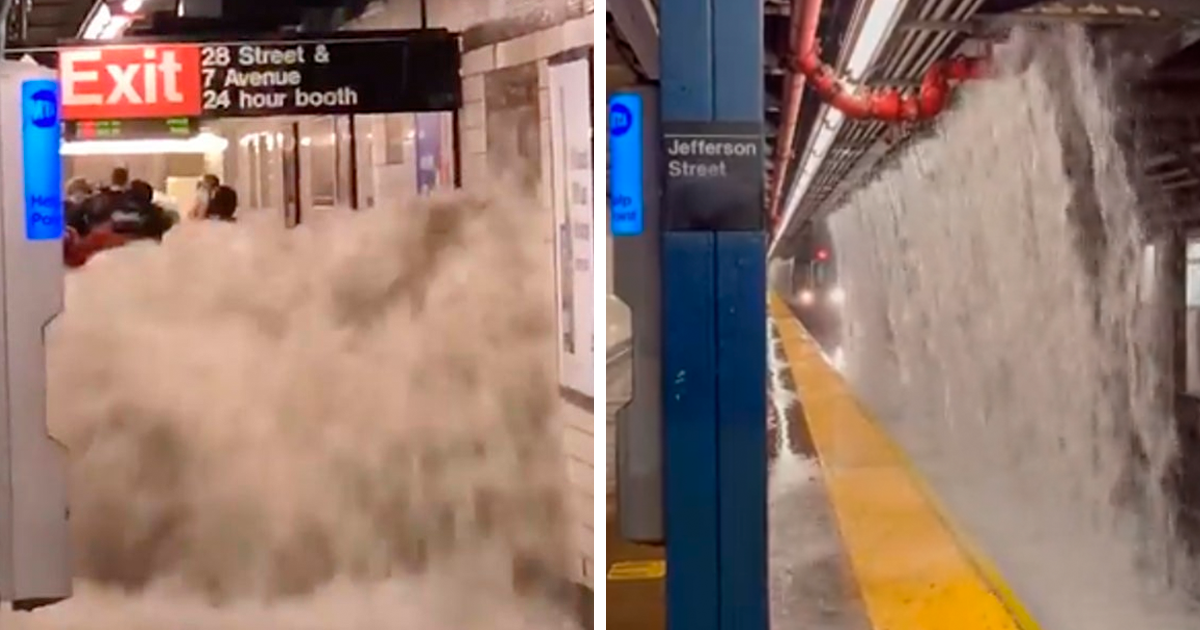

If done right, it could eliminate competing flood risk maps from private and academic sources and create a partnership between university scientists, city governments and FEMA. Since FEMA models current flood risks across the country, this approach could be exported to other coastal metropolitan areas: take the federal government’s powerful computer model and use local flooding projections to paint a picture of what climate change may have in store.

“The more accurate understanding we have of where it’s likely to flood, the better we can prioritize investments to build resiliency to protect against flooding,” said Timon McPhearson, an associate professor of urban ecology at The New School.Īs FEMA prepares its flood insurance maps, the city is using the feds’ computer model for visualizing flood risk - created using the 165 years of tide gauge data - and projecting it into the future, using the NPCC’s estimates of local sea level rise into the second half of the 21st century. Yet the city has not officially included these maps in planning rules, even as City Hall says it uses the maps to inform current infrastructure projects. This map shows the projected flooding from a once-in-a-hundred-years flooding event, a benchmark flooding measurement for scientists and insurance companies. In May, the city released a map that combined coastal flood risk with stormwater flood risk, which showed potential flash flood areas across the city by the middle of the century. The NPCC in 2019 released a set of flood maps that showed sea level elevation and flood risk into 2100, including estimates for how coastal neighborhoods would be inundated if the West Antarctic Ice Sheet rapidly destabilized, catastrophically speeding up global sea level rise. New York City has been doing as much work as any American city to map its flood risks. “We’re starting to move onto that exponential curve.” “We’re beginning to approach a turning point within the next couple of decades,” said Vivien Gornitz, a researcher with the Columbia Center for Climate Systems Research and a former member of the New York City Panel on Climate Change. Scientists say that it is no coincidence that this year has already brought unthinkable weather crises to New York City, first with rainstorm-caused flash flooding in hilly parts of the city and then with smoke from wildfires across the continent filling the air: Climate change appears to be speeding up. The maps, with the city’s set to be released next year and FEMA’s in 2024, are coming at a key time. And the de Blasio administration is planning for the city’s future flood risk map to be incorporated into the building code, meaning that the map will shape development in flood-prone areas. FEMA’s map of current flood risk - its last preliminary map was released in 2015 - could show that thousands of more residents are in the flood zone, in many cases requiring them to pay for flood insurance. The federal government incorporates the data into two sets of maps currently in development by the Federal Emergency Management Agency and the city, one showing current and the other showing future flood risk for coastal parts of the five boroughs.īoth maps will have a significant impact when released. It is the backbone of scientific efforts to predict flooding and the effects of sea level rise caused by climate change.


Today, that enormous data set, comprising more than a century and a half of measurements, serves a purpose never intended for it. In 1856, New York City began monitoring an important weather feature for the benefit of ships coming and going from the harbor: the height of the tide, and its change over the day and through the seasons.


 0 kommentar(er)
0 kommentar(er)
